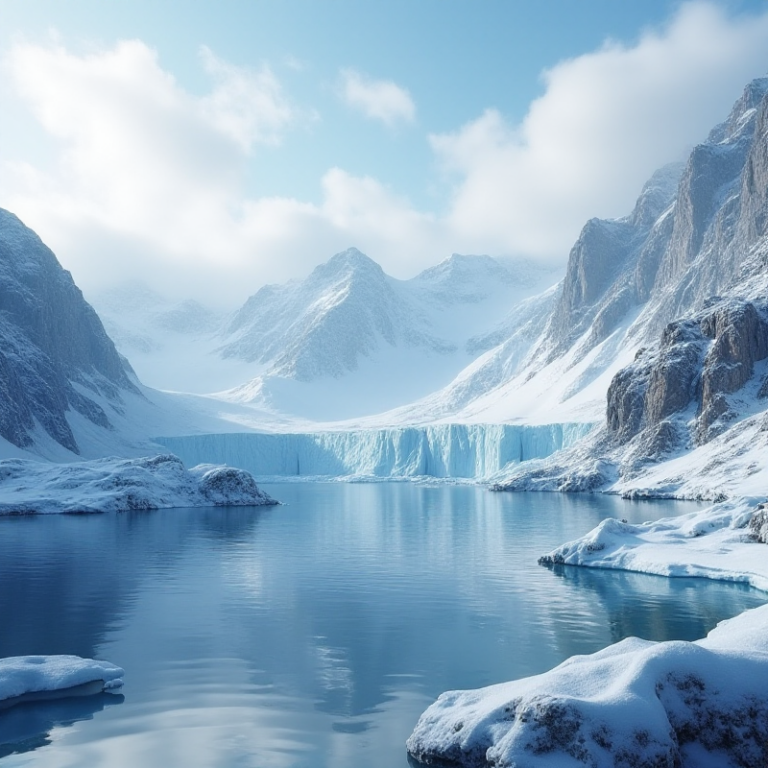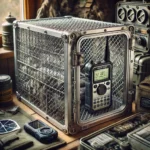Surviving at the Arctic is one of the most daunting challenges faced by explorers, adventurers, and indigenous communities alike. The Arctic environment, characterized by extreme cold, harsh winds, and perpetual darkness during winter months, tests human endurance and adaptability like few places on Earth. Understanding what it takes to survive at the Arctic can reveal not only the unforgiving nature of this region but also the immense resilience required to withstand it.
1. The Challenges of Arctic Survival
The first challenge to survive at the Arctic is the extreme cold. With winter temperatures regularly dipping below -40°F (-40°C), the human body is pushed to its limits. At these temperatures, frostbite can occur in mere minutes, and hypothermia is a constant threat. The cold impacts even basic survival tasks, such as starting a fire or handling tools, as exposed skin can freeze almost instantly.
Another major difficulty is the scarcity of food. In the Arctic, there are few sources of edible plants, and hunting requires immense skill. Seals, fish, and occasional game provide the primary sources of nutrition, but acquiring these foods demands specialized techniques and tools, such as harpoons or ice-fishing gear. The indigenous Inuit and other Arctic-dwelling peoples have honed these skills over millennia, demonstrating the importance of deep-rooted knowledge and experience.
2. The Psychological Toll
The Arctic isn’t just tough on the body; it takes a mental toll as well. The long, dark winters that last up to six months can lead to intense isolation and seasonal affective disorder (SAD). Without proper mental resilience, the isolation can result in anxiety, depression, or poor decision-making. The ability to manage these psychological challenges is as critical as mastering physical survival techniques.
To combat these difficulties, Arctic explorers often rely on structured routines, group camaraderie, and mindfulness practices. Indigenous communities incorporate storytelling and traditional communal activities to maintain morale and mental strength during the darkest days.
3. Essential Gear for Arctic Survival
Successfully navigating Arctic conditions requires specialized equipment designed to withstand extreme weather. Clothing must include layers of high-quality, insulating materials such as down and wool, covered by windproof and waterproof outer shells. Modern Arctic gear often integrates advanced technology, including heated gloves and thermal boots, but traditional parkas made from animal fur are still considered some of the most effective garments against biting cold.
Surviving at the Arctic also means having tools for shelter construction. Building an igloo or snow shelter can provide temporary protection against the elements. These structures trap body heat, creating a surprisingly warm interior environment despite outside temperatures remaining dangerously low.
4. Lessons from Indigenous Knowledge
The indigenous populations of the Arctic, such as the Inuit, Sami, and Nenets, have long been masters of Arctic survival. Their techniques have evolved through centuries of living in harmony with the harsh environment. They understand the subtle signs of changing weather patterns, know how to track wildlife over icy terrain, and can build shelters efficiently.
One critical survival practice is maintaining body heat through the strategic use of animal skins and furs. Sealskin, for example, is not only waterproof but also highly insulating, making it ideal for clothing. Diets rich in fat, such as blubber, provide the necessary caloric intake to sustain energy levels during cold, strenuous days.
5. Navigating Arctic Terrain
Traveling across the Arctic presents a distinct set of obstacles. The landscape is dominated by thick ice sheets, snowdrifts, and unpredictable ice formations, making navigation difficult and dangerous. Crevasses, hidden by thin layers of snow, can be deadly for those unaware of their presence. Seasoned Arctic travelers use tools such as sled dogs and snowmobiles to move across the icy expanse more efficiently, yet even these modes of transport come with risks.
The ever-changing nature of Arctic ice is another significant hazard. Ice can shift suddenly, cracking or breaking apart to reveal freezing waters beneath. This makes it crucial to carry essential safety gear, such as ice picks and flotation devices, to survive an unexpected plunge into the icy sea.
6. The Importance of Preparation and Training
Perhaps the most vital aspect of surviving at the Arctic is preparation. Adventurers must undergo rigorous physical and mental training, often spending months or even years learning to handle the unique challenges of cold-weather survival. Training includes mastering the art of building fires in windy conditions, learning how to manage injuries without external aid, and understanding how to use emergency signaling devices to call for help if necessary.
Preparation also involves strategic planning of supply caches, particularly when embarking on long expeditions. These caches can be life-saving, providing backup food, fuel, and first-aid supplies in case the journey extends beyond the original timeline or unexpected issues arise.
7. Adapting Modern Technologies
Despite the age-old techniques passed down through generations, modern technology plays a crucial role in Arctic survival. GPS devices, thermal imaging cameras, and satellite communication tools have made it easier for explorers to navigate, identify potential hazards, and stay in contact with outside support. However, even these advanced tools have limitations, especially in extreme cold where batteries deplete faster, and equipment may freeze.
Solar panels designed for low-light environments and wind turbines for charging essential devices have become invaluable in recent years. However, any reliance on technology must be backed by traditional survival skills, ensuring that individuals can adapt if tech fails in harsh conditions.
Conclusion
Surviving at the Arctic is a testament to human endurance, adaptability, and ingenuity. It requires thorough preparation, a deep understanding of the environment, and an ability to overcome psychological and physical challenges. While modern technology has eased some aspects of Arctic living, the wisdom and practices of indigenous peoples continue to provide vital lessons for anyone facing the icy wilderness. Mastering the skills needed to survive at the Arctic remains one of the most profound achievements of human resilience.



